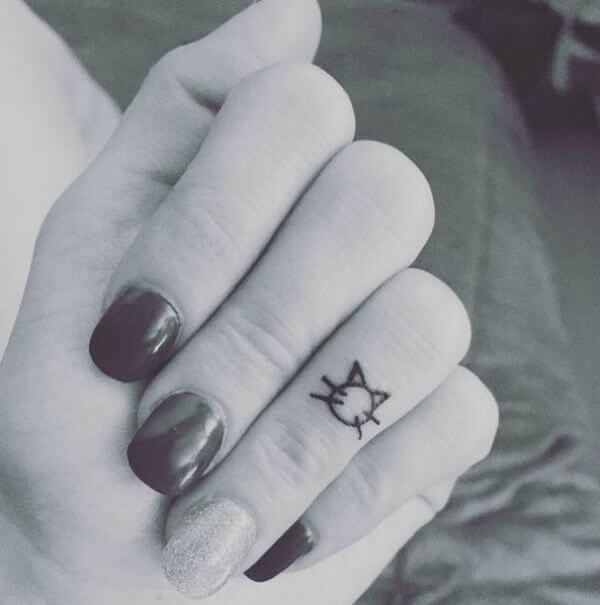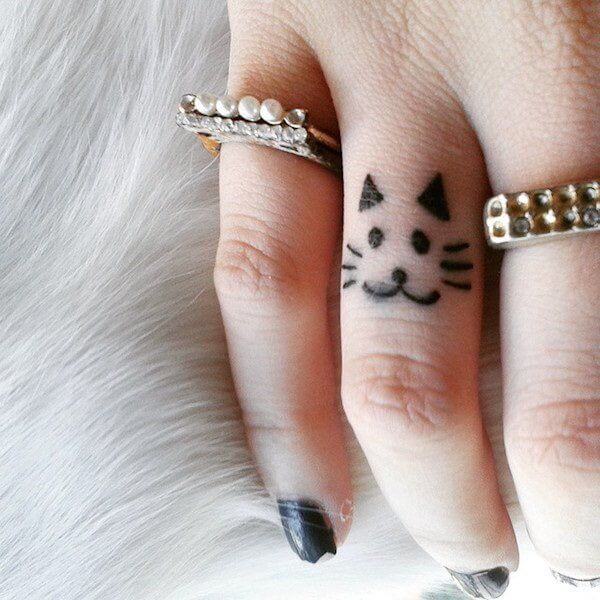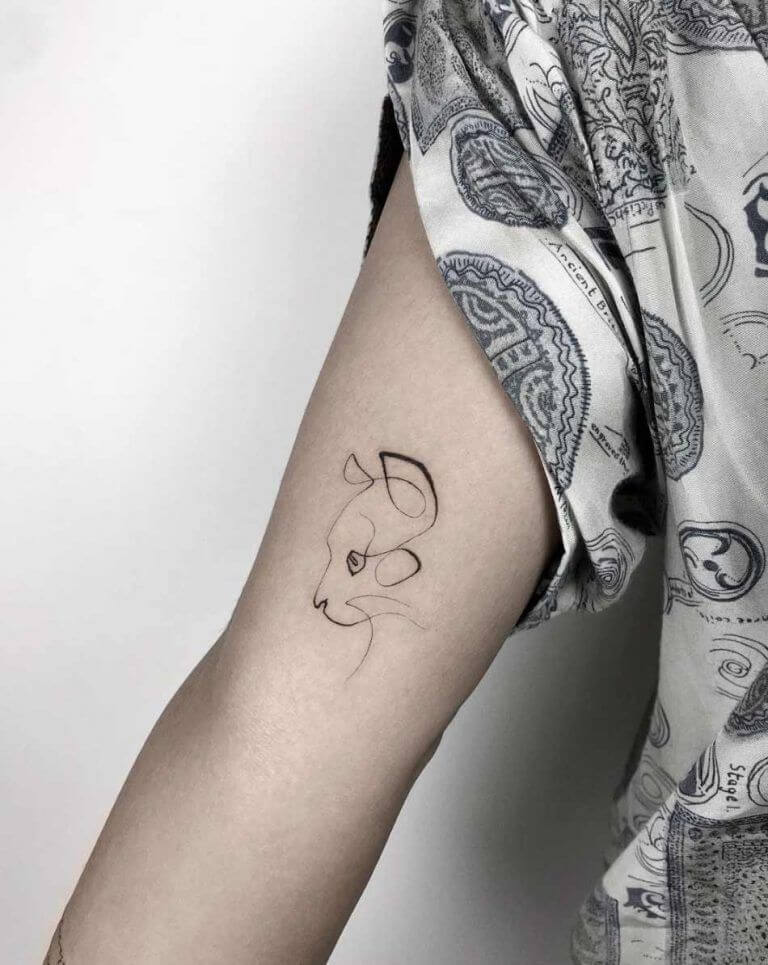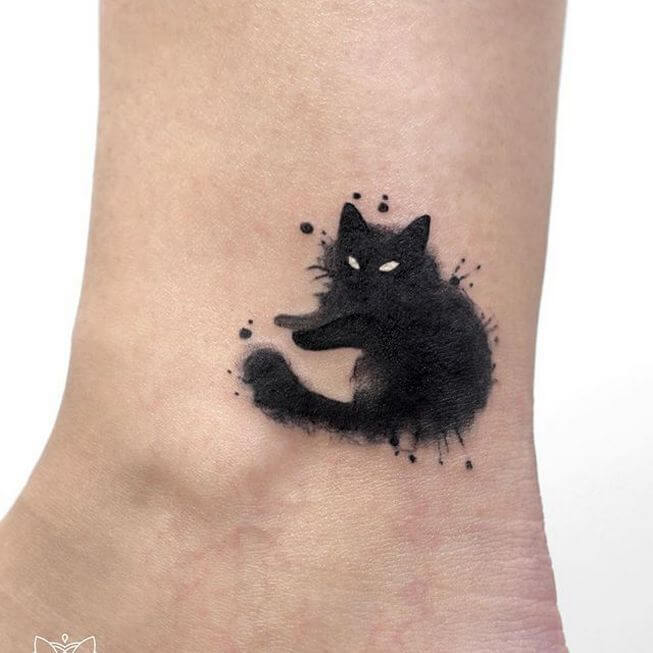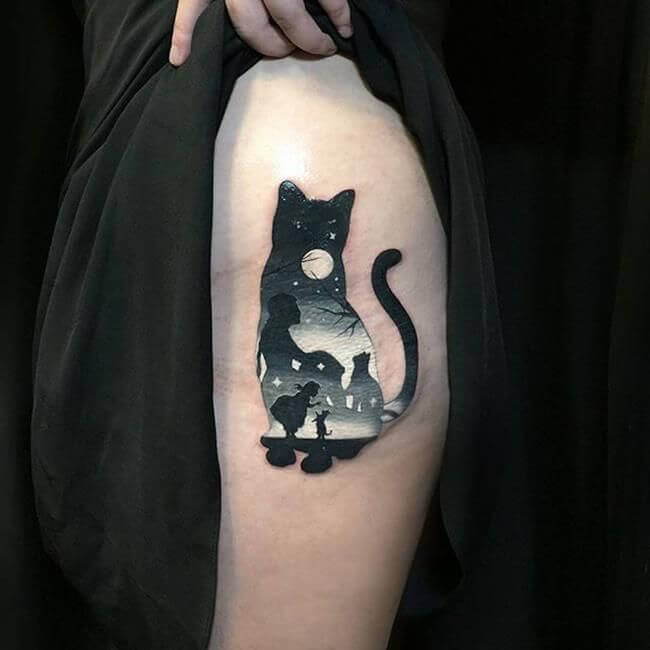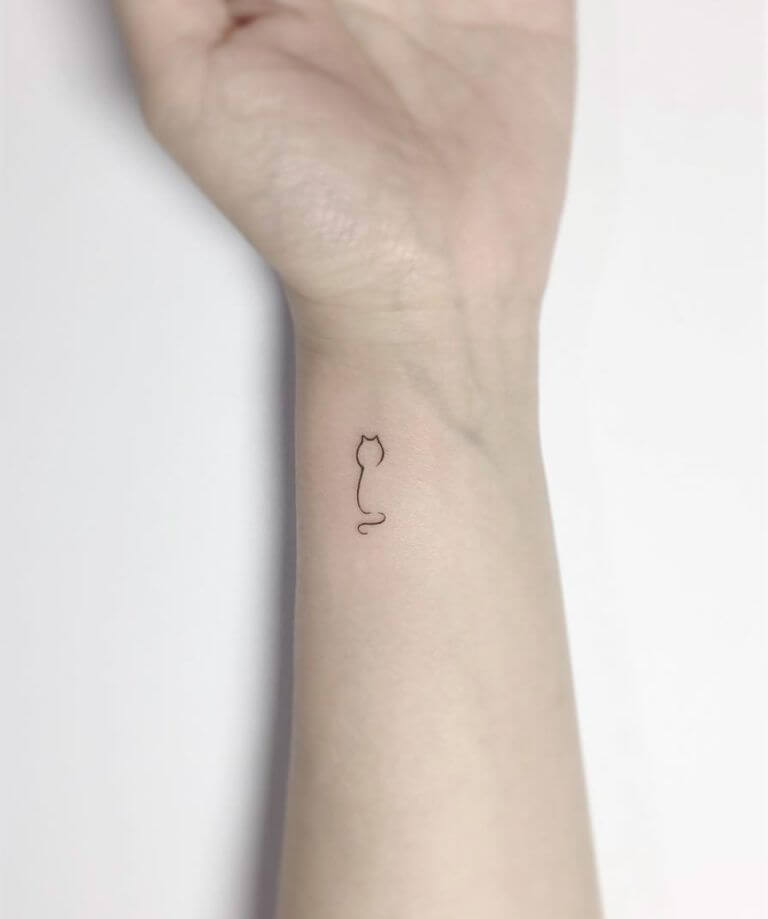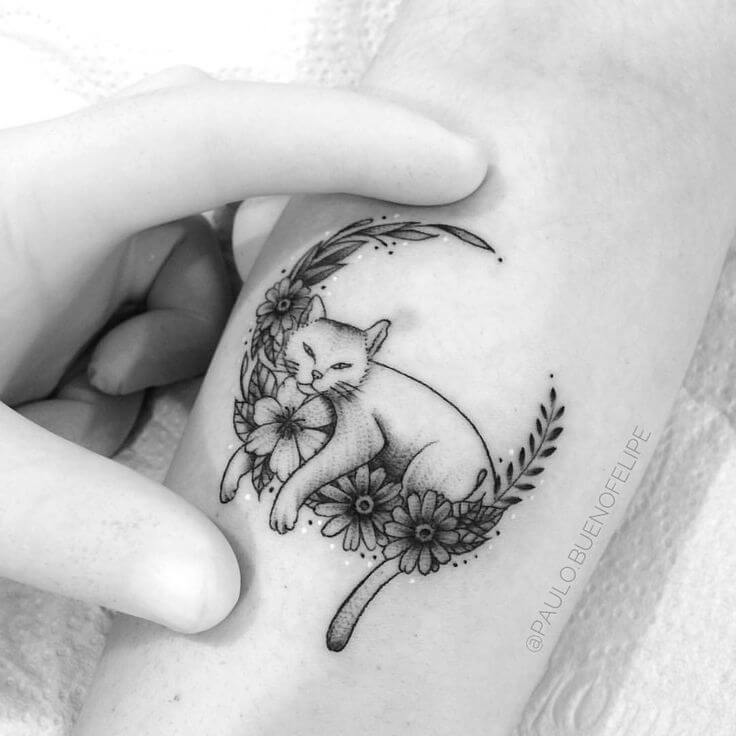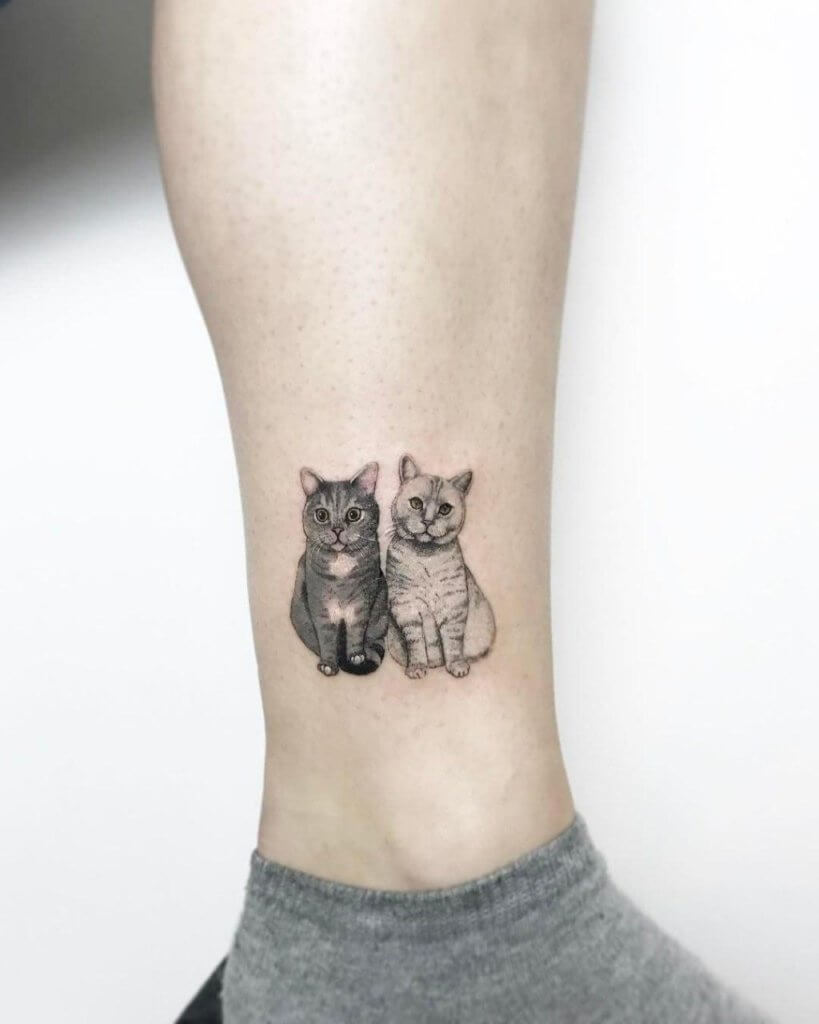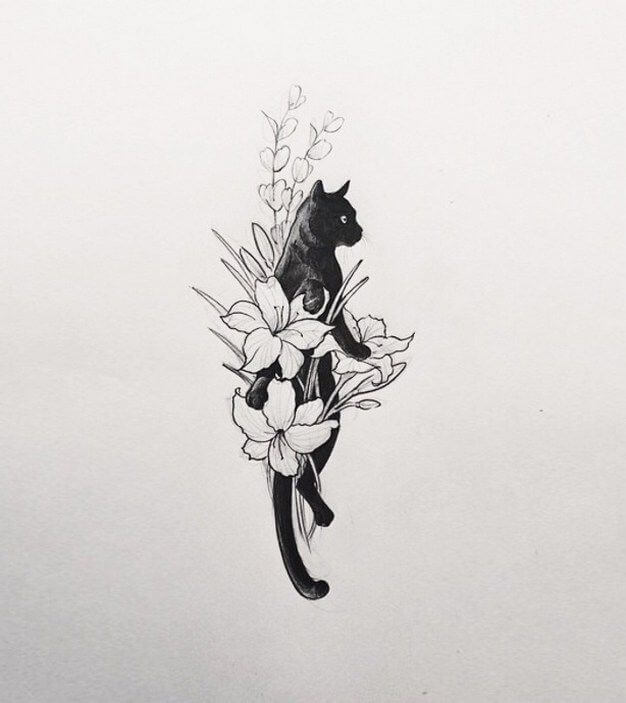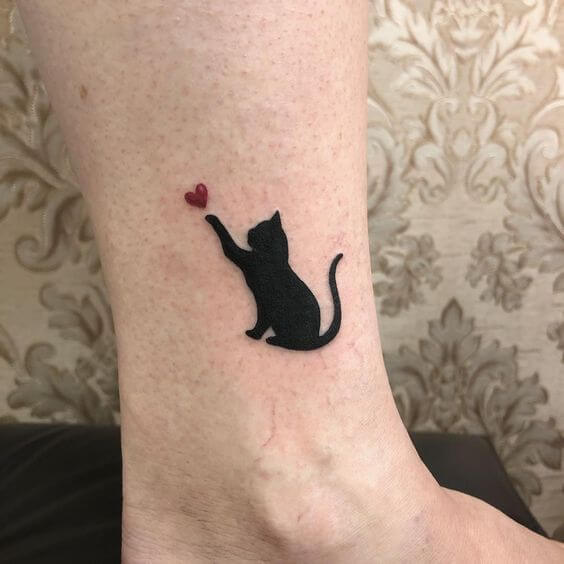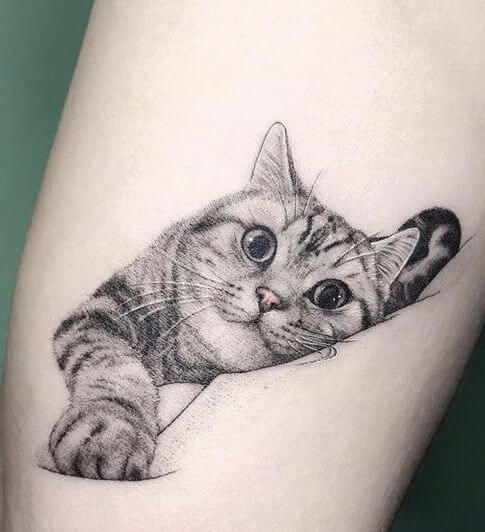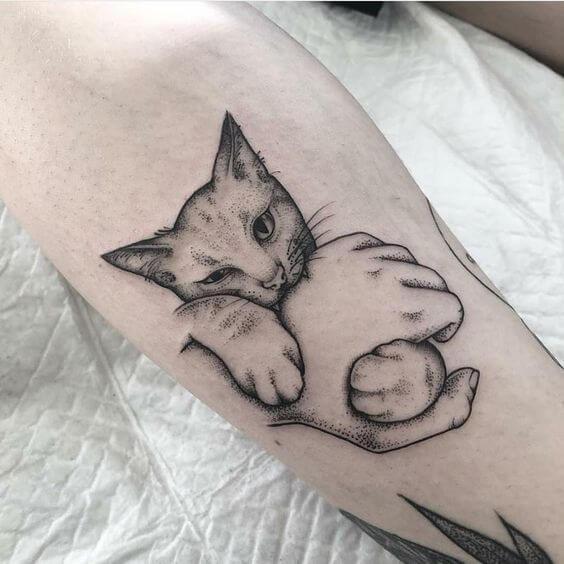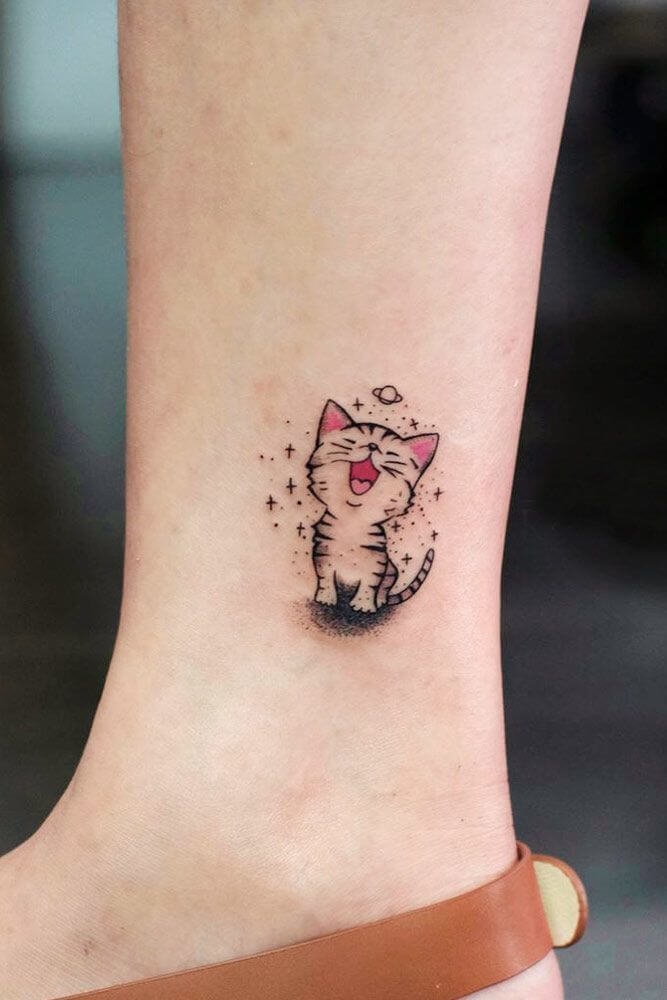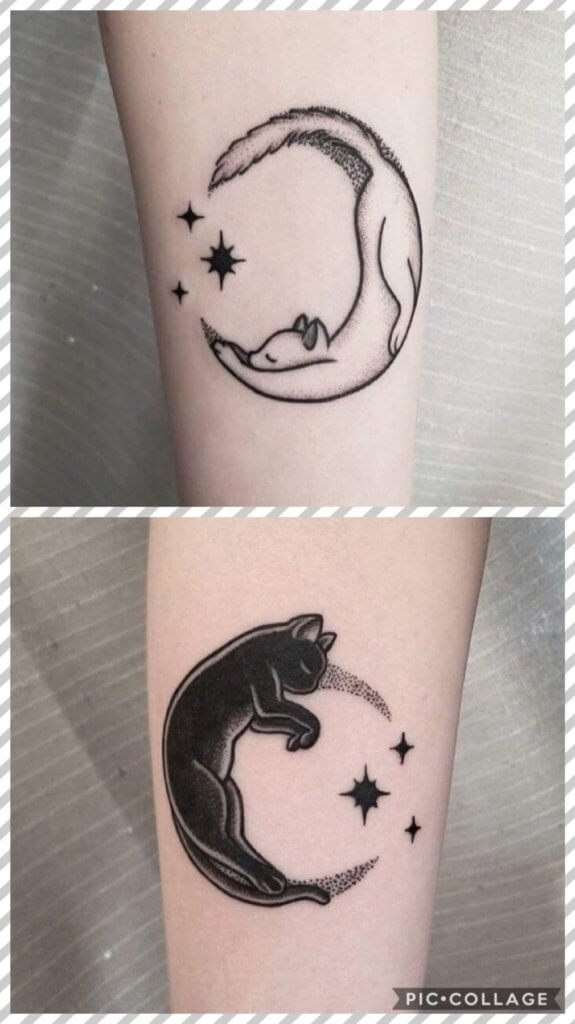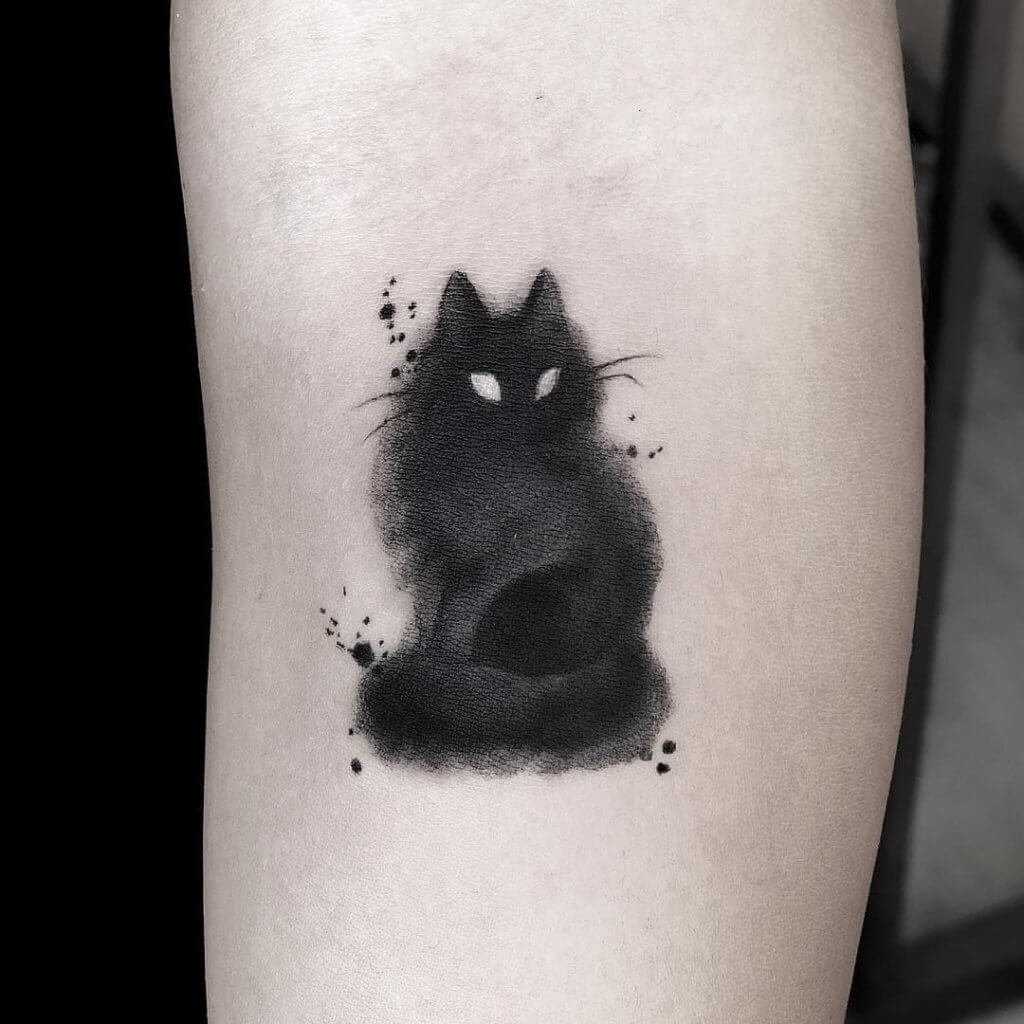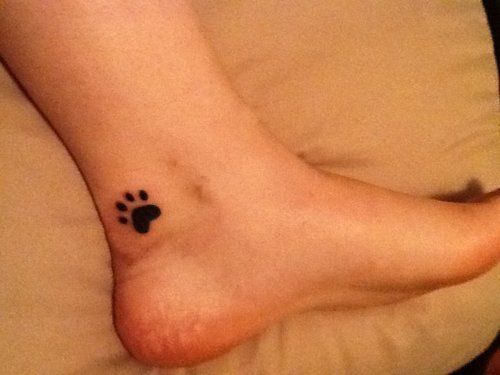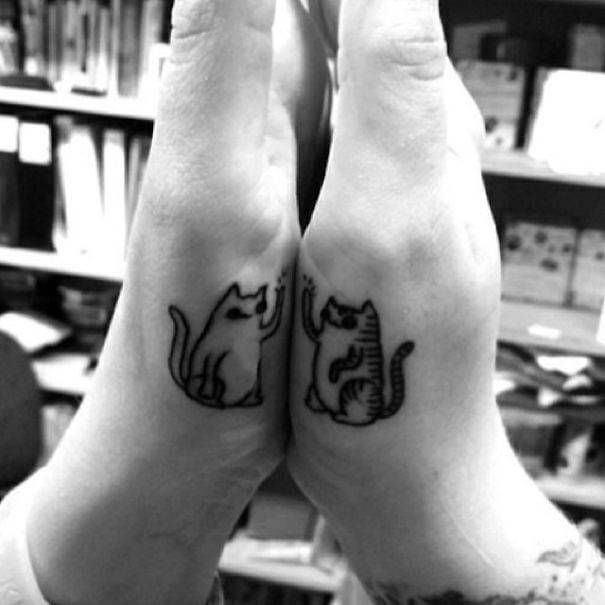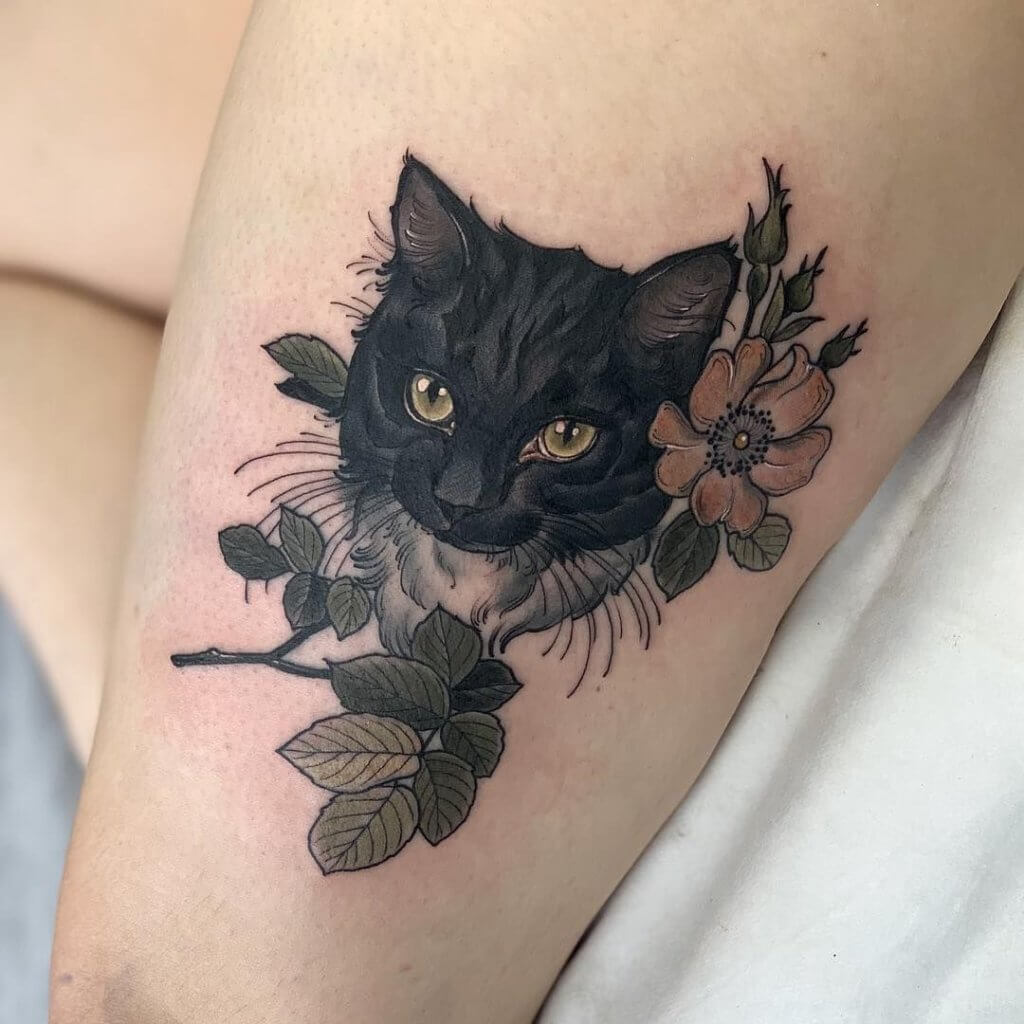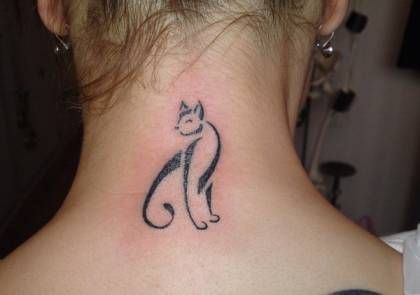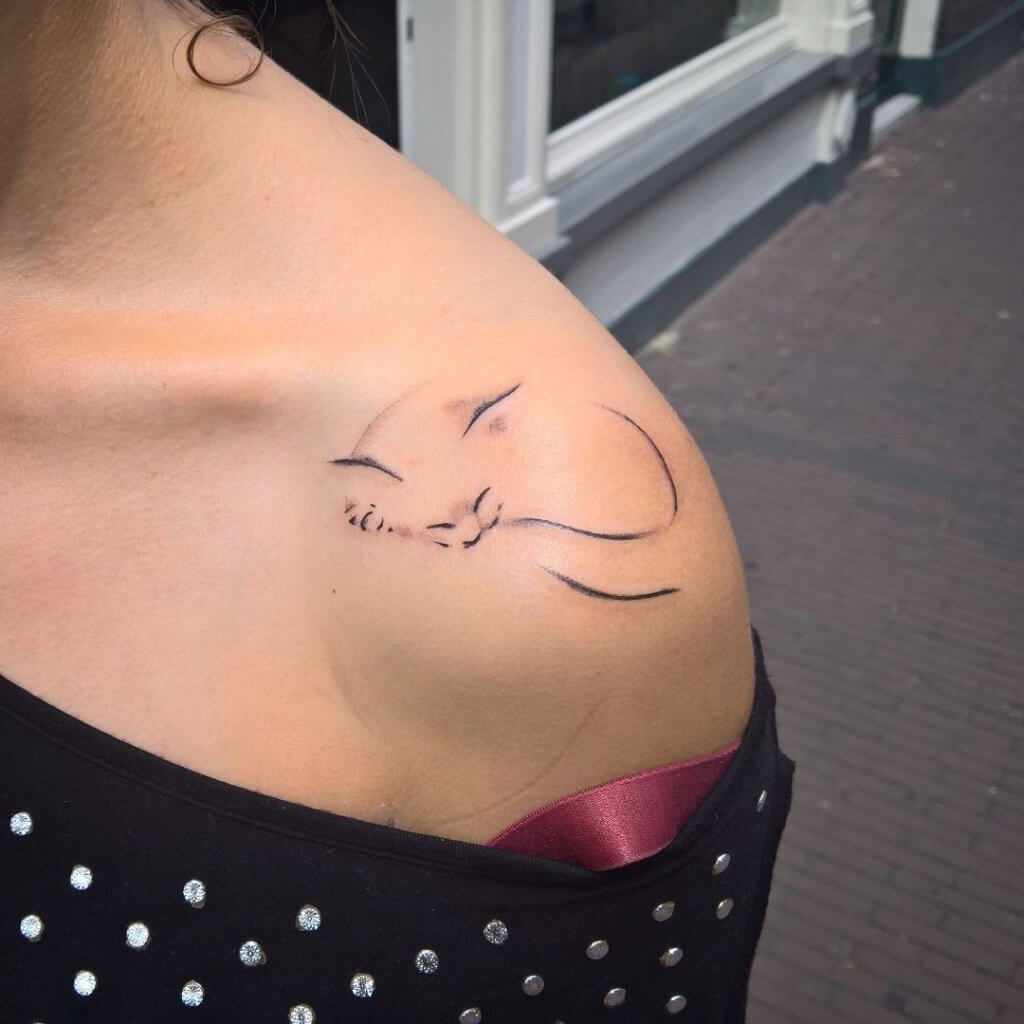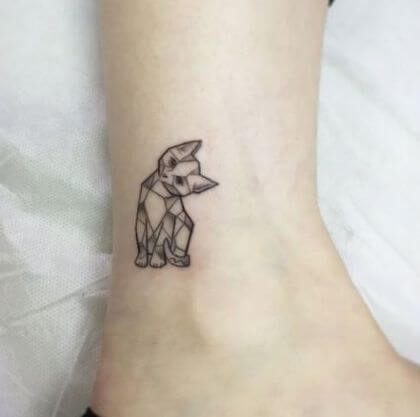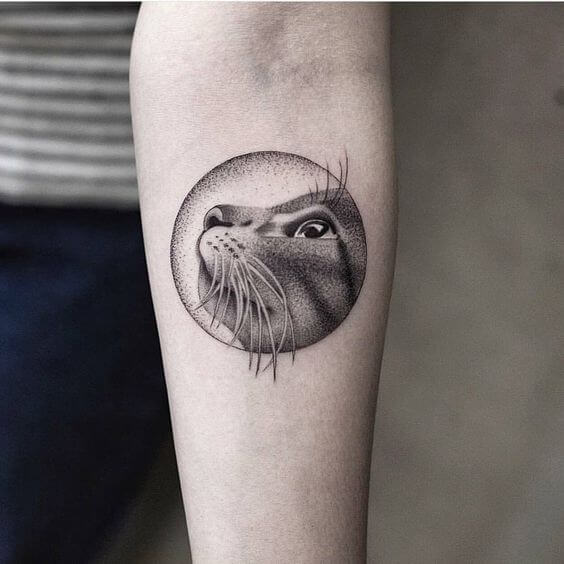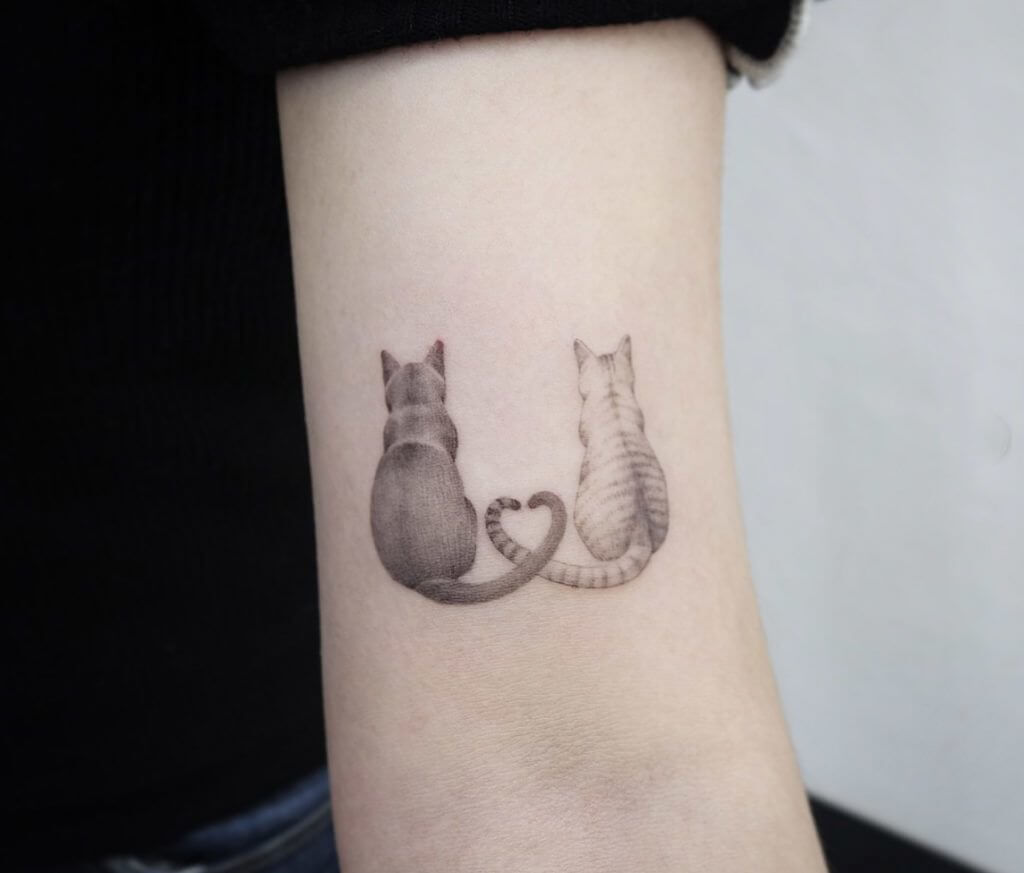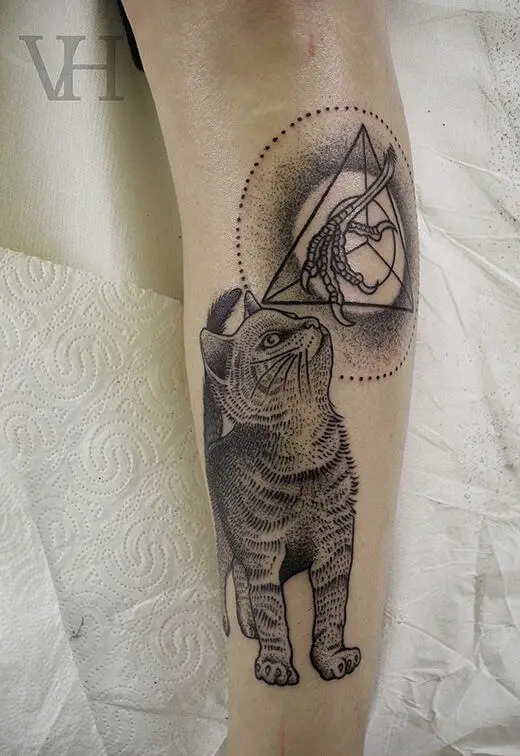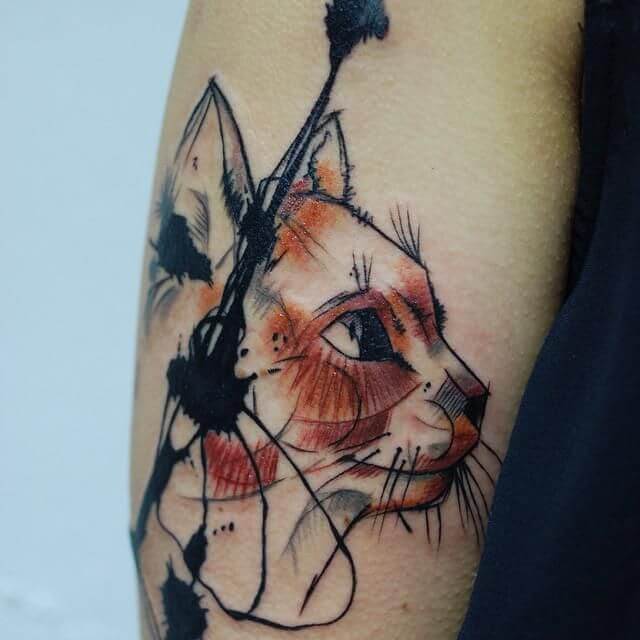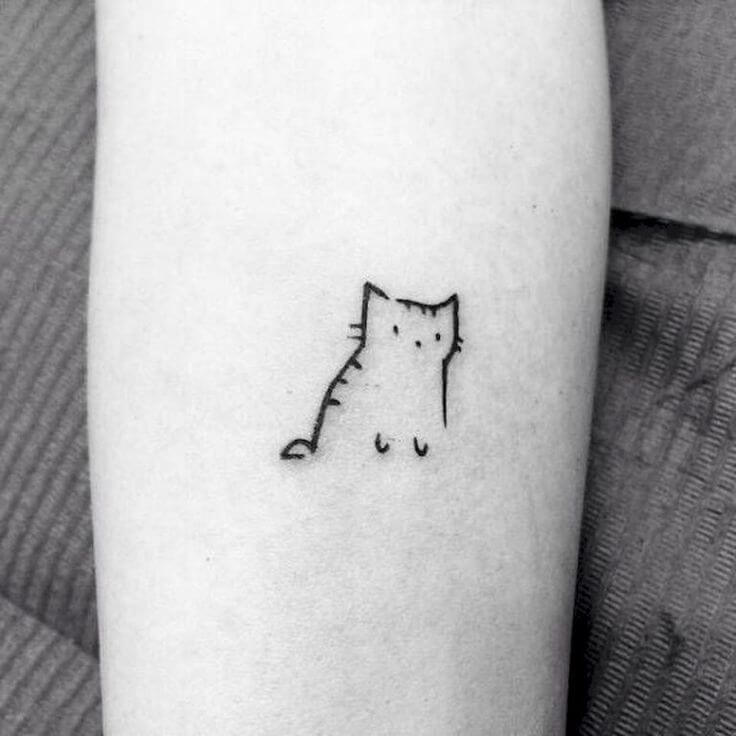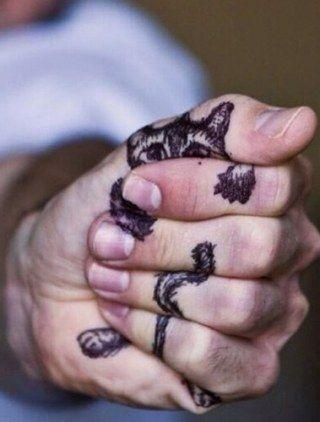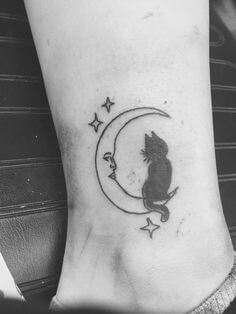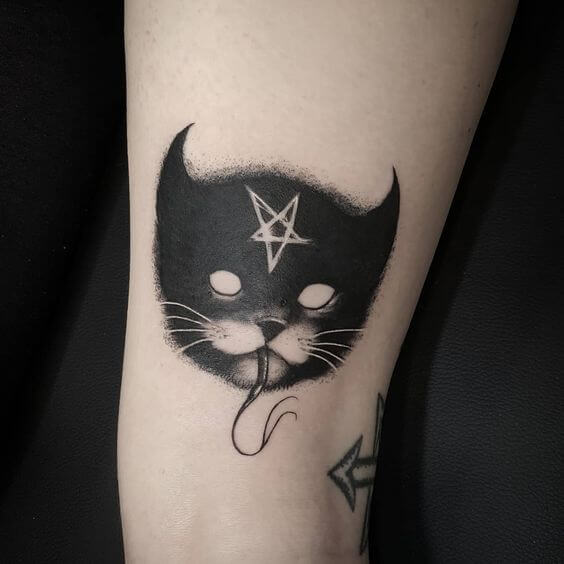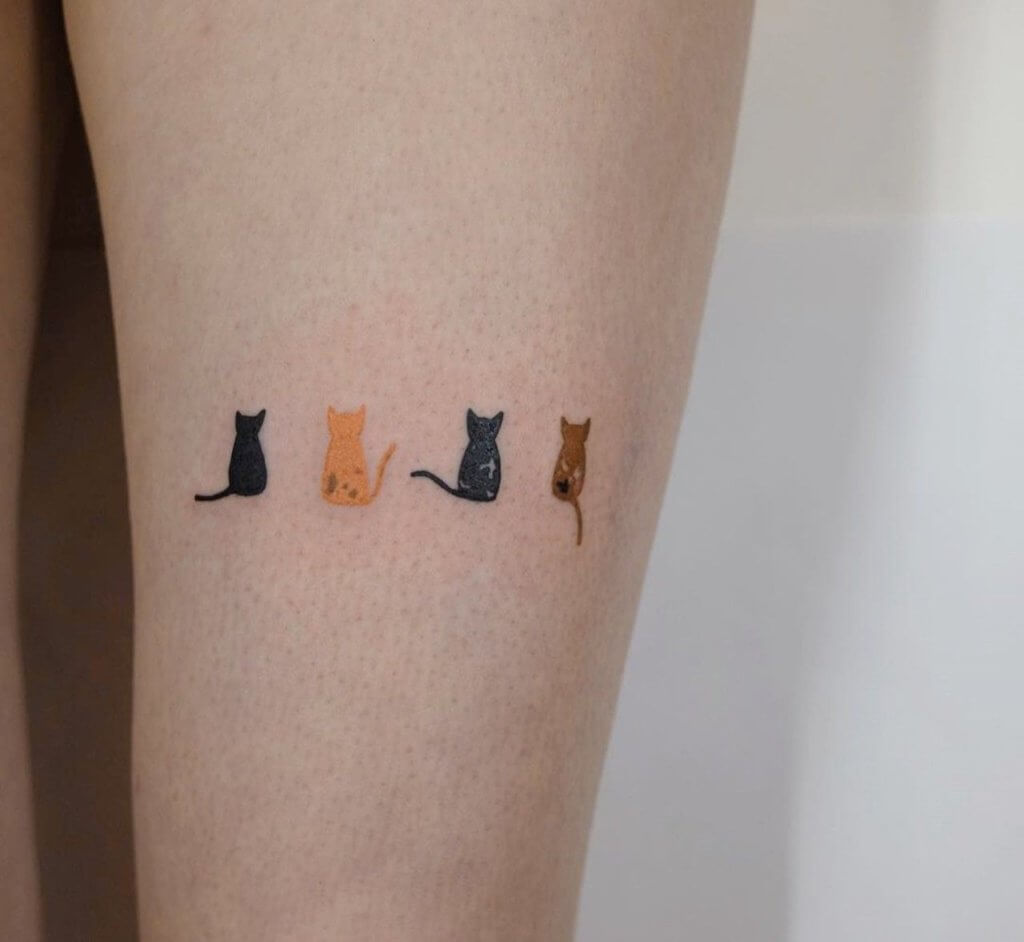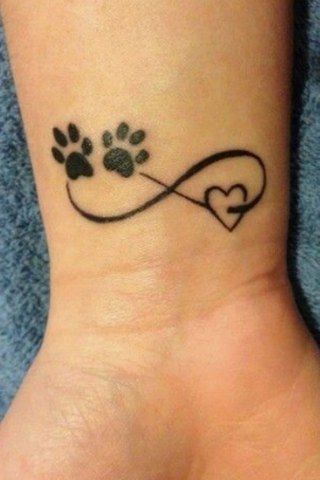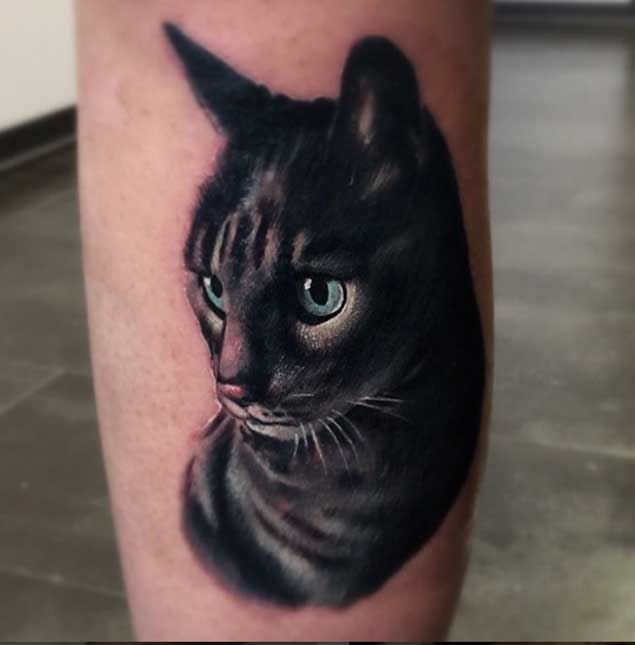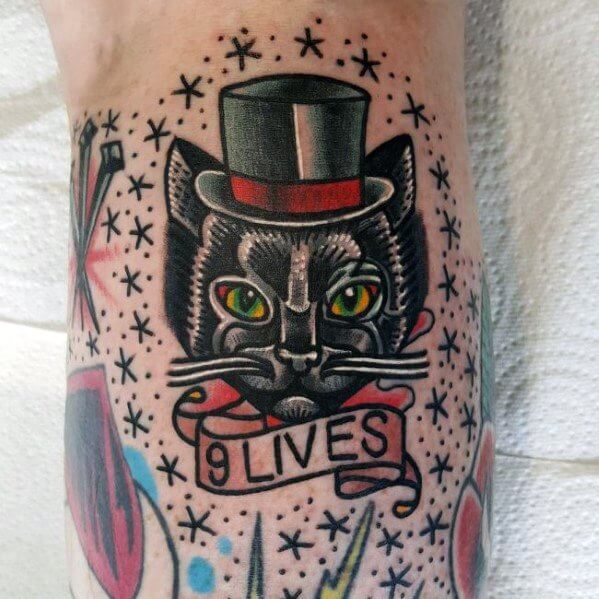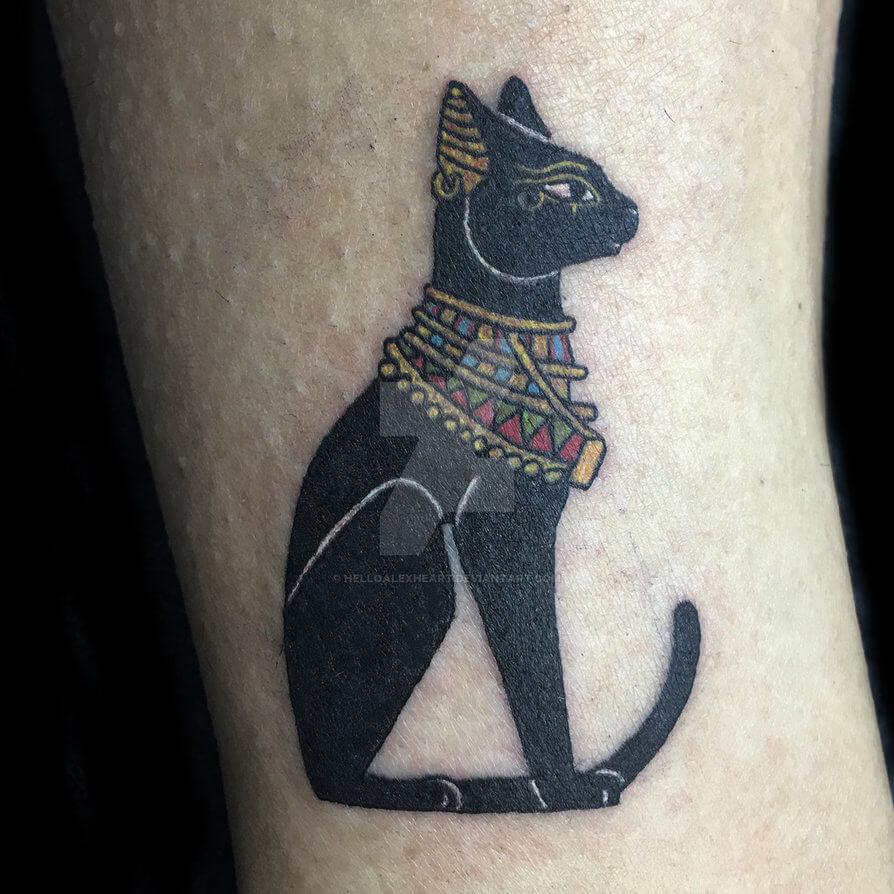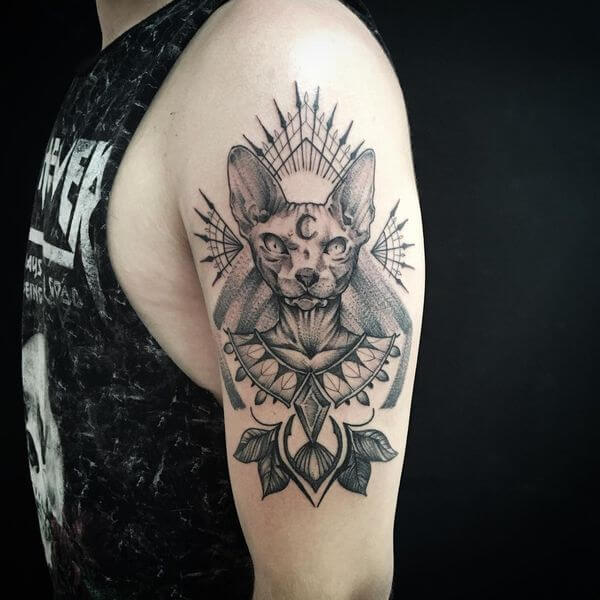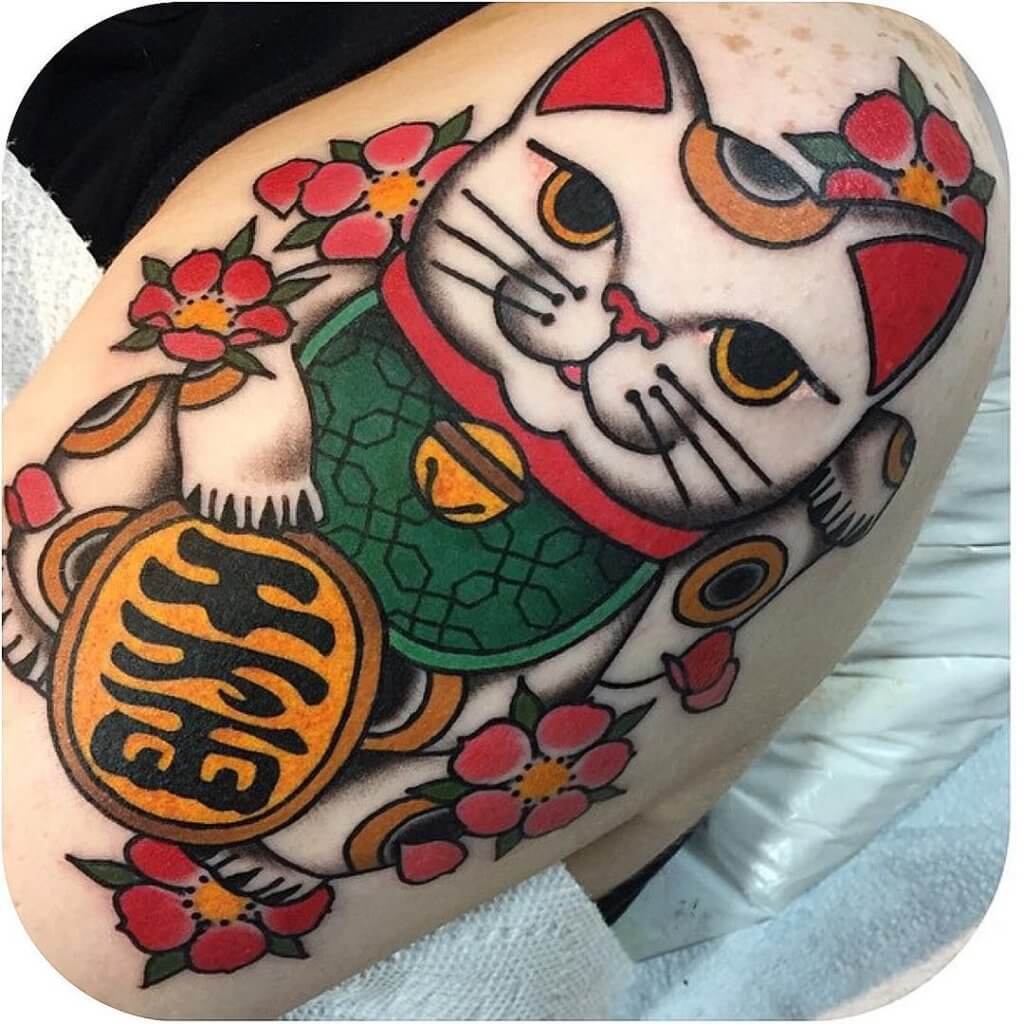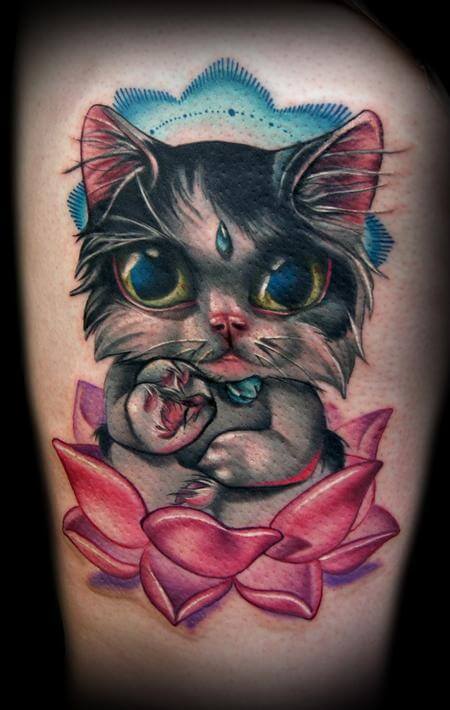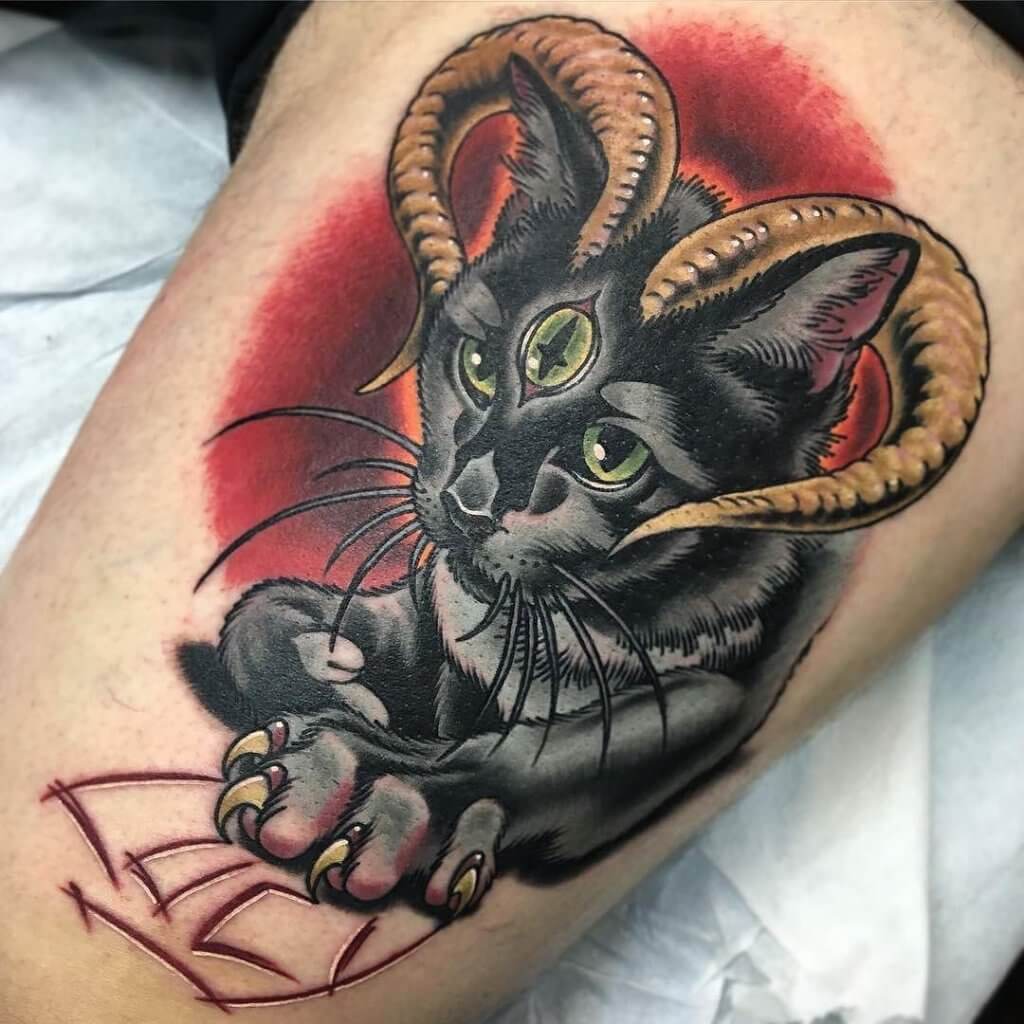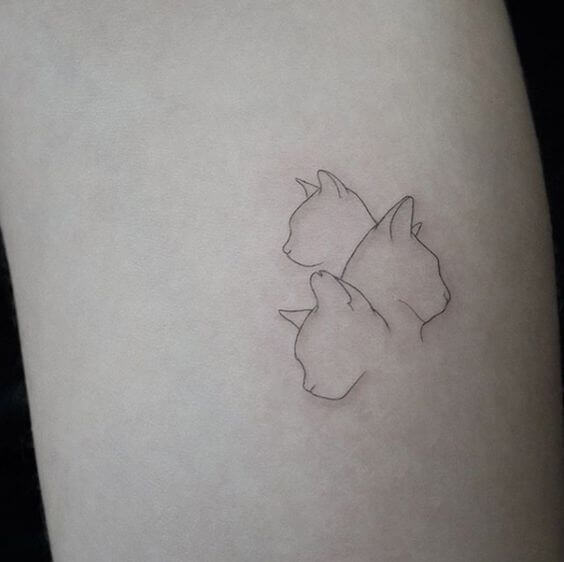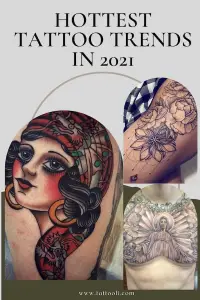The cat is one of the two most beloved animals in human history, a place it shares with the dog. While dogs were with us from the campfires of the hunter-gatherers, cats have been domesticated for a shorter time. The cat evolved around 50 million years ago, part of a family of felines which eventually split into the cats we know and love and the ‘big cats’ like lions, tigers, and jaguars (See lion tattoo designs ). These small felines were predatory animals that hunted through stealth and ambush. When humanity began to settle down into civilization, they began to store their crops in granaries.
Contents
- 1 Here is where the cat enters into the human story and why people love them so much making cat tattoos.
- 1.1 Cats are a popular animal image for tattoos because of their independence, curiosity, and unpredictability.
- 1.2 Any discussion of cat symbolism has to start with the Ancient Egyptians, who many historians consider the original domesticator of the cat.
- 1.3 Asian cultures, especially Japan, have had a close relationship with the cat for thousands of years.
Here is where the cat enters into the human story and why people love them so much making cat tattoos.
Granaries were a natural target for rodents, one of the cat’s primary food supplies. Cats, attracted by their prey, would hunt and kill the rodents who consumed the stored food. This made them natural favorites of farmers. From here, cats and humans have entered into a symbiotic relationship that gradually leads to the current role as pets.
Cats are a popular animal image for tattoos because of their independence, curiosity, and unpredictability.
People who value these qualities are often drawn to images of the cat to symbolize what they share with the animal. Many of the qualities cats do possess have been exaggerated through superstition and myth, especially in European cultures where the cat became a touchstone for hysteria and persecution during the Middle Ages. For example, cats are said to have nine lives and always land on their feet, two qualities that many people would like to possess. By getting an image of a cat tattooed on their bodies, these people hope to, at least symbolically, gain some measure of a cat’s abilities.
Any discussion of cat symbolism has to start with the Ancient Egyptians, who many historians consider the original domesticator of the cat.
Cats were inseparable from Egyptian religions, which had a laundry list of gods and goddesses with feline attributes or who held the dominion of the world’s cats. So powerful was this connection between Egyptian religion and the cat that the punishment for killing or injuring a cat was often death. Cat worship in Egypt began around 3000 BC, but it was banned in 400 BC as the result of several dynastic transitions and the rise of mystery cults dedicated to the Isis/Osiris/Set triad.
Asian cultures, especially Japan, have had a close relationship with the cat for thousands of years.
Southeast Asian Buddhists in what’s now Thailand, Cambodia, and Laos had cats in temples; the Siamese cat was the official cat breed of Thailand’s temples for hundreds of years. Cats in Japan are especially revered; the maeneko (waving cat statue) is a symbol of good fortune and business for businesses in Japan to this day and can be seen welcoming customers to cellphone stores and restaurants.
While most of the world has adopted the cat into their cultures with open arms, Europe has had a checkered history with the cat due to the rise of Christianity.
In pagan times, the cat was often associated with hearth goddesses like the Norse Freya, but once Christianity became the dominant religion, cats became associated with the devil and the occult.
The Catholic Church even went so far as to advocate their extermination, and cats were often burned alongside ‘witches’ during the various Witch Hunts which swept Europe and the US. Ironically, the persecution of cats leads to an explosion in the rat population which eventually lead to the Black Plague which killed fully a third of Europe’s population.
Gallery
